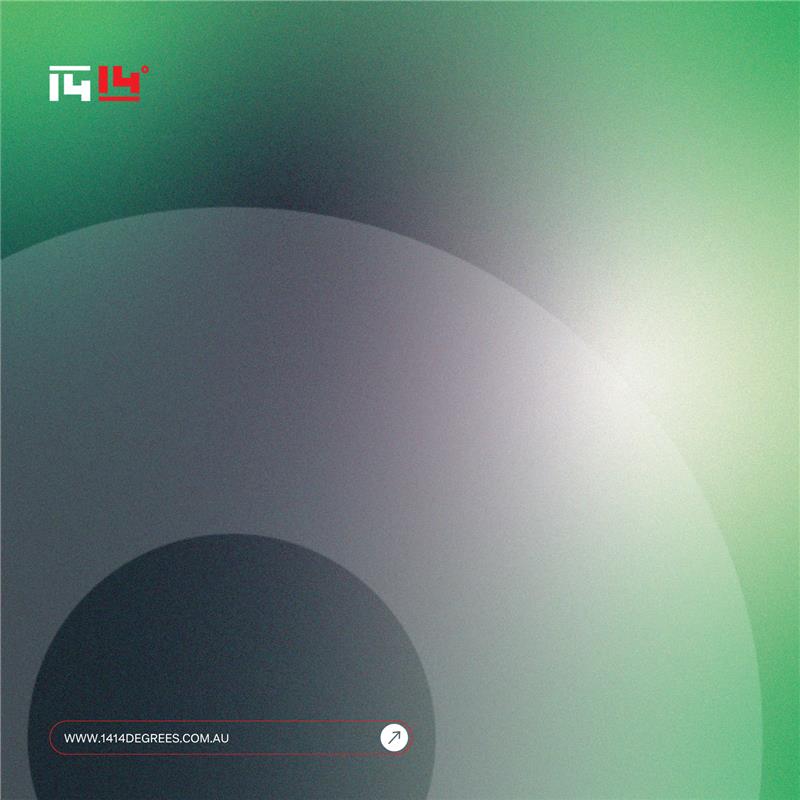We have commenced commercialisation activities for our SiNTL aluminium-coated silicon nanoparticle technology following execution of the exclusive global licence with the George Washington University (GW).
We are working with GW to fabricate SiNTL samples and refine the synthesis process ahead of engagement with Original Equipment Manufacturers (OEMs). In parallel, we are assessing the potential to establish in-house anode material manufacturing capabilities.
This dual-track approach maintains strategic flexibility to pursue either OEM partnerships or direct production, whichever pathway delivers the strongest long-term value as global demand for advanced silicon-anode materials accelerates.
Performance advantages
SiNTL follows a low-cost, low-temperature (125-180°C), scalable synthesis process delivering approximately ten times higher theoretical capacity than graphite anodes and the potential for greater energy density, faster charging and longer cycle life.
The one-pot aluminium-coating process offers a simple, scalable route to high-performance, ESG-aligned battery materials compatible with existing production infrastructure.
Full value chain participation
Carbon produced by 1414 Degrees’ SiPHyR® reactors is being evaluated by GW for potential use in battery anodes, supporting the Company’s aim to capture maximum value across the supply chain.
Executive Chairman Dr Kevin Moriarty said: “We’re progressing rapidly to bring SiNTL to market. Our collaboration with GW ensures we have continued access to the technology’s inventors and specialist know-how while we evaluate both OEM integration and potential in-house production.
“This flexibility means that whichever route we choose, we’ll be ready to move quickly and capture maximum value for shareholders. We see this as the foundation of a long-term battery materials capability for Australia.”
Funds from the Company’s recent strongly supported Placement are being directed toward SiNTL development activities and commercialisation planning.

